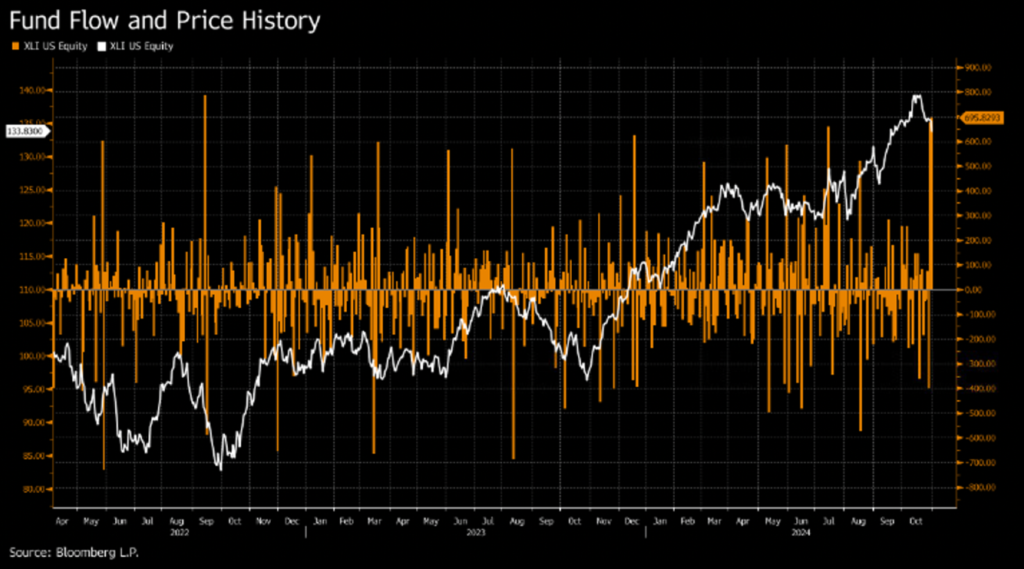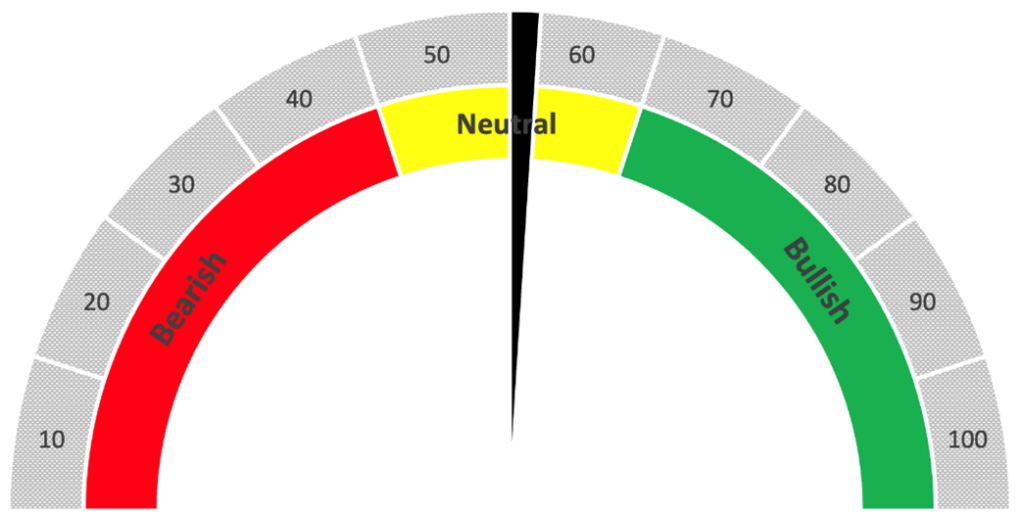A common phrase in investing is to “follow the smart money.”
Traditionally, that means finding what whale investors (think Warren Buffett) are buying and selling.
In most instances, we don’t find out where that “smart” money is going until after it’s already there. Wall Street’s elite only have to file quarterly reports with the Securities and Exchange Commission.
That means Buffett could have invested in Occidental Petroleum (NYSE: OXY) in July, but unless you were looking really hard, you wouldn’t know about it until the quarterly filing became public in September or October.
A lot of things can happen between the time Buffett invested and the time you learned about it.
What if I told you there was another way to track where money goes?
There is!
And it’s an excellent way to track the sentiment of institutional investors.
Let me explain…
Where the Money Goes…
Instead of waiting for quarterly reports, you can track the inflows and outflows of stocks and exchange-traded funds (ETFs).
Studying these flows is a valuable tool for identifying market trends and determining where investors are broadly putting their money in … or taking it out.
Tracking stocks where a lot of money has flowed in or out can also tell you something about investor sentiment.
If a stock sees a significant uptick in money coming in, you can deduce that investor sentiment is high. People want to buy the stock and participate in the rally.
Conversely, if a stock has a large amount of money going out, sentiment could be turning sour.
It’s not an exact science, but it can point you in the right direction. Let me show you…
The chart below shows the fund flow history of the Industrial Select Sector SPDR Fund (NYSE: XLI):

If you look at September 2022, you’ll see a huge spike in the cash inflow into XLI just before the stock reached a bottom.
It took some time, but the downward trend reversed itself, and XLI started a strong run.
I bring up XLI for a reason…
A Good Start for XLI in November
On November 1, I saw the news come across my terminal…
XLI ETF Daily Inflows $695.8 Million
That’s significant because it was the biggest one-day increase in a year for the ETF that tracks the industrial sector. It increased the fund’s assets by 3.5% to $20.5 billion.
In the last 12 months, XLI has seen net inflows of $1.62 billion … meaning more money has come in than out.
After reading that, I ran a Green Zone Power Ratings X-ray on XLI… rating each of the holdings and determining an average overall rating for the ETF. Here’s what I came up with:
XLI Rates “Neutral”

XLI rates a “Neutral” 50 out of 100 on Adam’s Green Zone Power Ratings system. It’s slated to track the broader market over the next 12 months.
That may not seem exciting in itself, but I went back to see how the ETF rated a month ago.
Today’s rating is a 2-point increase from a month ago.
What’s more telling is that the Momentum factor rating for XLI is currently 57. A month ago, it was just 49… an 8-point increase.
This rating increase, coupled with a boost in inflows to the ETF, may signify strong bullish sentiment on the S&P 500’s industrial sector.
We’ll continue to track XLI in the coming weeks and months to see how things play out after the election.
Tracking these inflows and outflows along with Adam’s Green Zone Power Ratings system is a solid way of following the money.
It’s also a lot better than waiting months to find out where big investors like Buffett are spending their capital.
That’s all for me today.
Until next time…
Safe trading,

Matt Clark, CMSA®
Chief Research Analyst, Money & Markets




